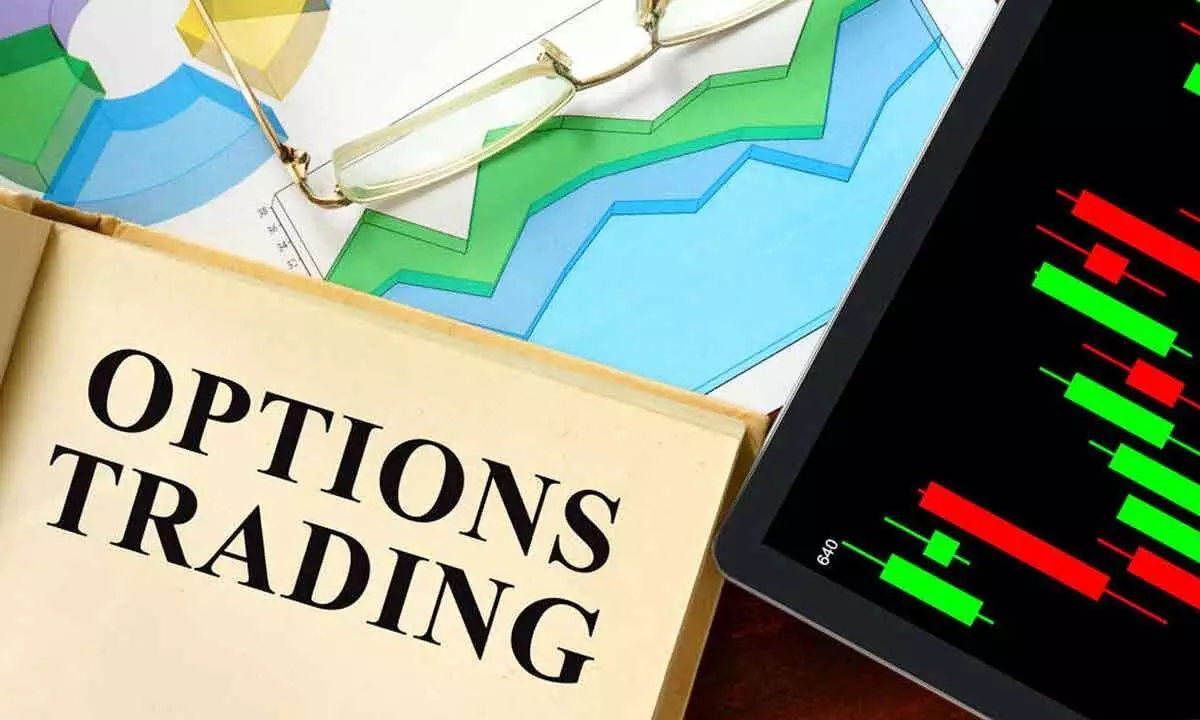Analysing the P&L for a Call Option buyer in Index
Though Options are lucrative trading in futures gives good return the only major constraint being the requirement of huge capital
image for illustrative purpose

Option trading in index is slightly different from trading in stocks. In stocks, there is a monthly expiry, but in index there is a weekly and monthly expiry. Apart from this, one can trade in the current month, next month and the subsequent month also.
Option traders in indices like Nifty, Bank Nifty and Fin Nifty usually trade in weekly expiry. Every Thursday is a weekly expiry. The last Thursday of the month is the monthly expiry which is mostly very trending.
Let us take an example of Nifty in weekly expiry. Nifty was trading around 17,800 this week on Thursday. Nifty opened somewhere around 17,809 and closed at 17,828 and the day’s low was around 17,739.
Assume I had a bullish view and purchased a Call option with the strike price of 17,800. In the morning I bought around Rs45 and its close was Rs28.
Though technically price moved from 17,800 to 17,828 the call option moved from 45 to 28 and the high was 50 and low was 4.80. As, the lot size is 50 I end up in a loss.
Open price =45 (45*50)
Close price =28 (28*50)
Profit/Loss = 45 - 28 =17*50 = -850 loss
Now let’s analyse the trade in monthly option (same strike price 17,800 CE)
Open price =189
Close =178
High =191
Profit/Loss = 189-178= 11*50 = -550 loss
Monthly gives less loss or profit.
Even if it assumed that the market closed below 17,800 say 17,790 the 17,800 CE would become zero which means the premium of Rs45 paid for strike price 17,800 would become zero.
Loss is limited to the extent of premium paid.
The maximum loss the buyer of a call option experiences is to the extent of the premium paid. The buyer experiences a loss if the spot price is below the strike price.
The call option buyer has the potential to realize unlimited profits provided the spot price moves higher than the strike price. Though, the call option is supposed to make a profit when the spot price moves above the strike price, the call option buyer first needs to recover the premium he has paid.
The point at which the call option buyer completely recovers the premium he has paid is called the breakeven point. In the above example the buyer gets profit when spot chart price moves above 17,800 + 45 = 17845 is the breakeven point.
The call option buyer truly starts making a profit only beyond the breakeven point (which naturally is above the strike price)
If I would have taken a trade in futures, I would be getting 17,882 (entry price) – 17,850 (closing price) = 32*50 = 1600 profit.
To conclude, though Options are lucrative trading in futures gives good return the only major constraint being the requirement of huge capital.
(The author is a homemaker, who dabbles in stock market investments in free time)

